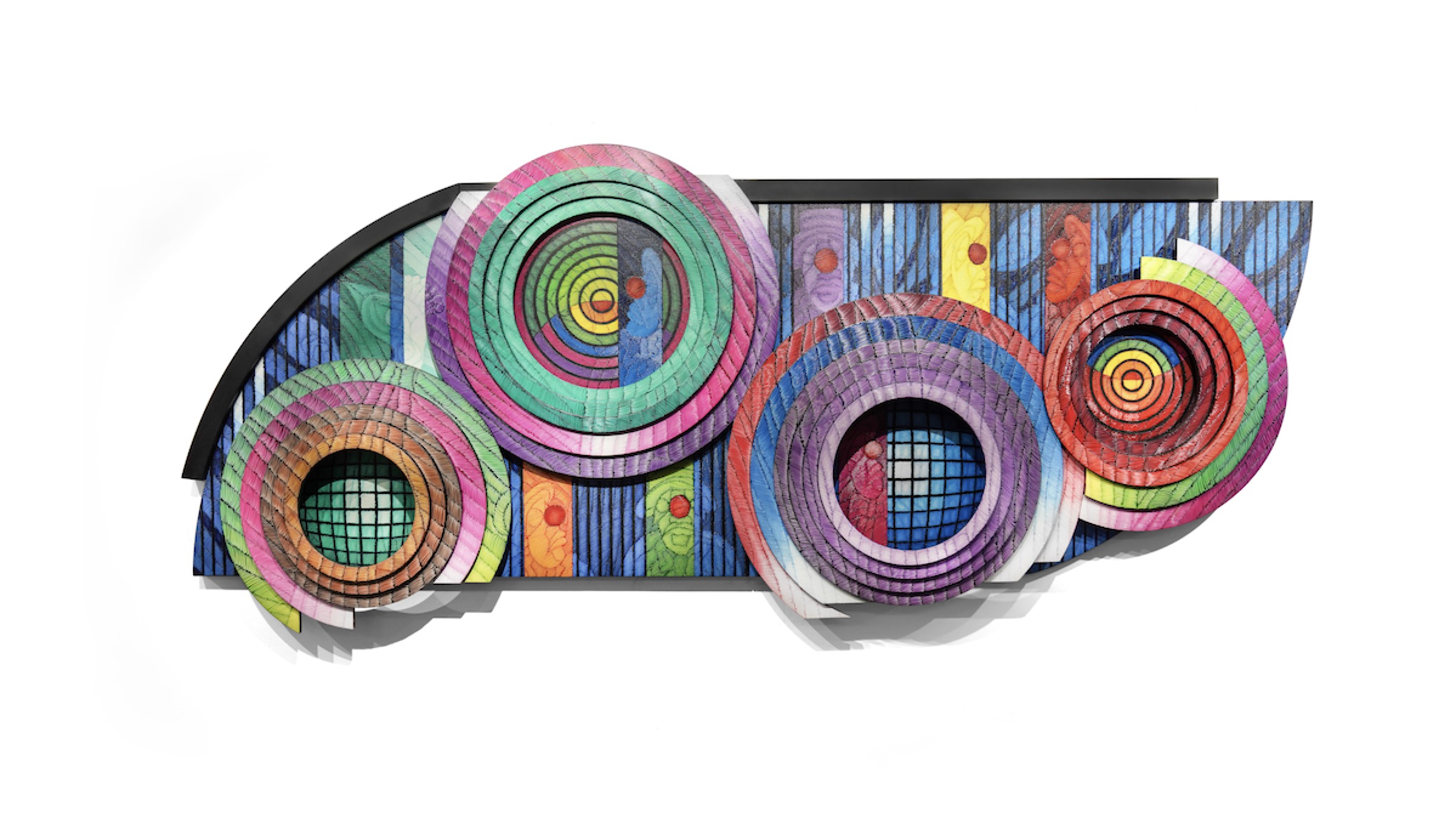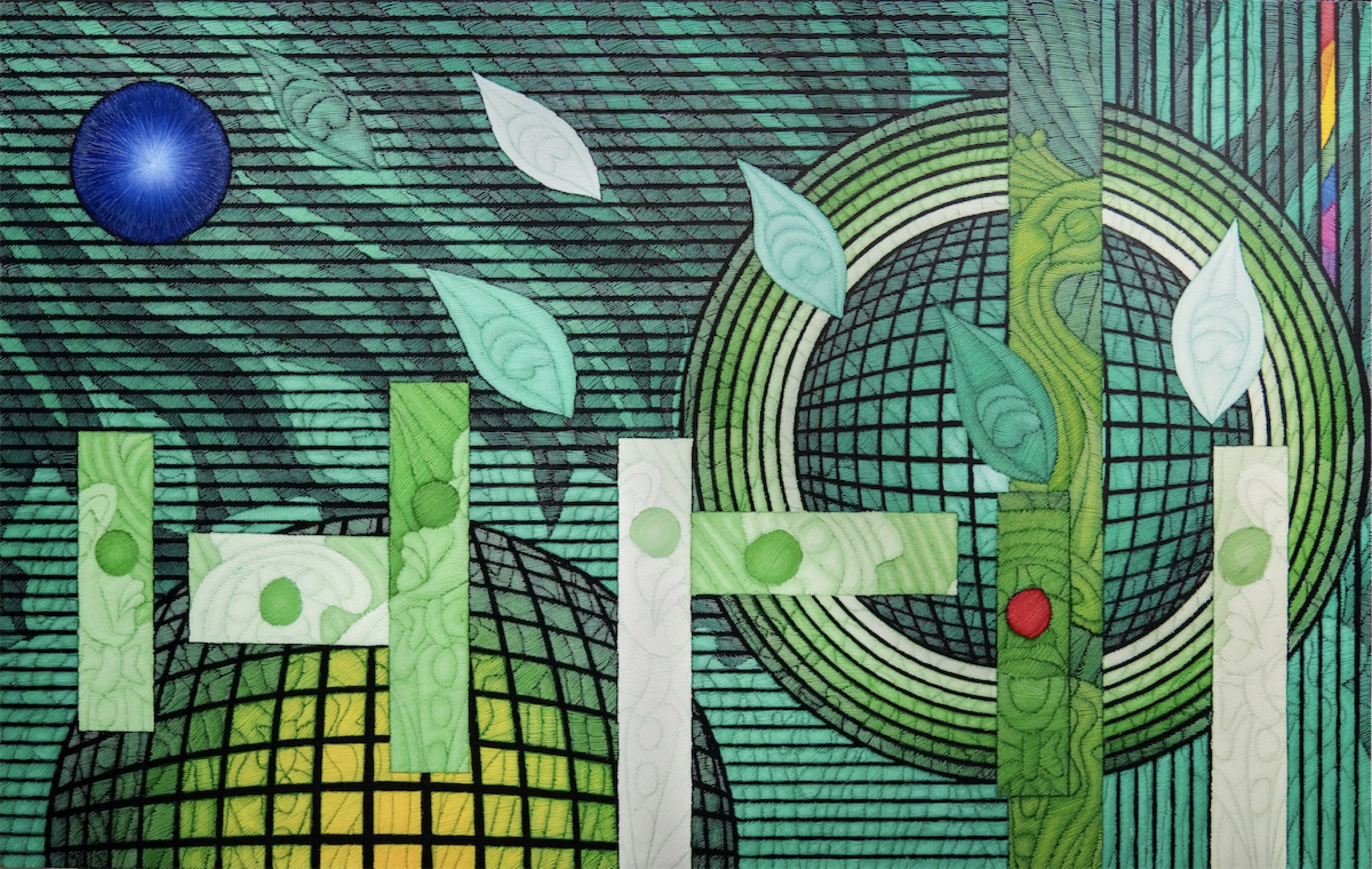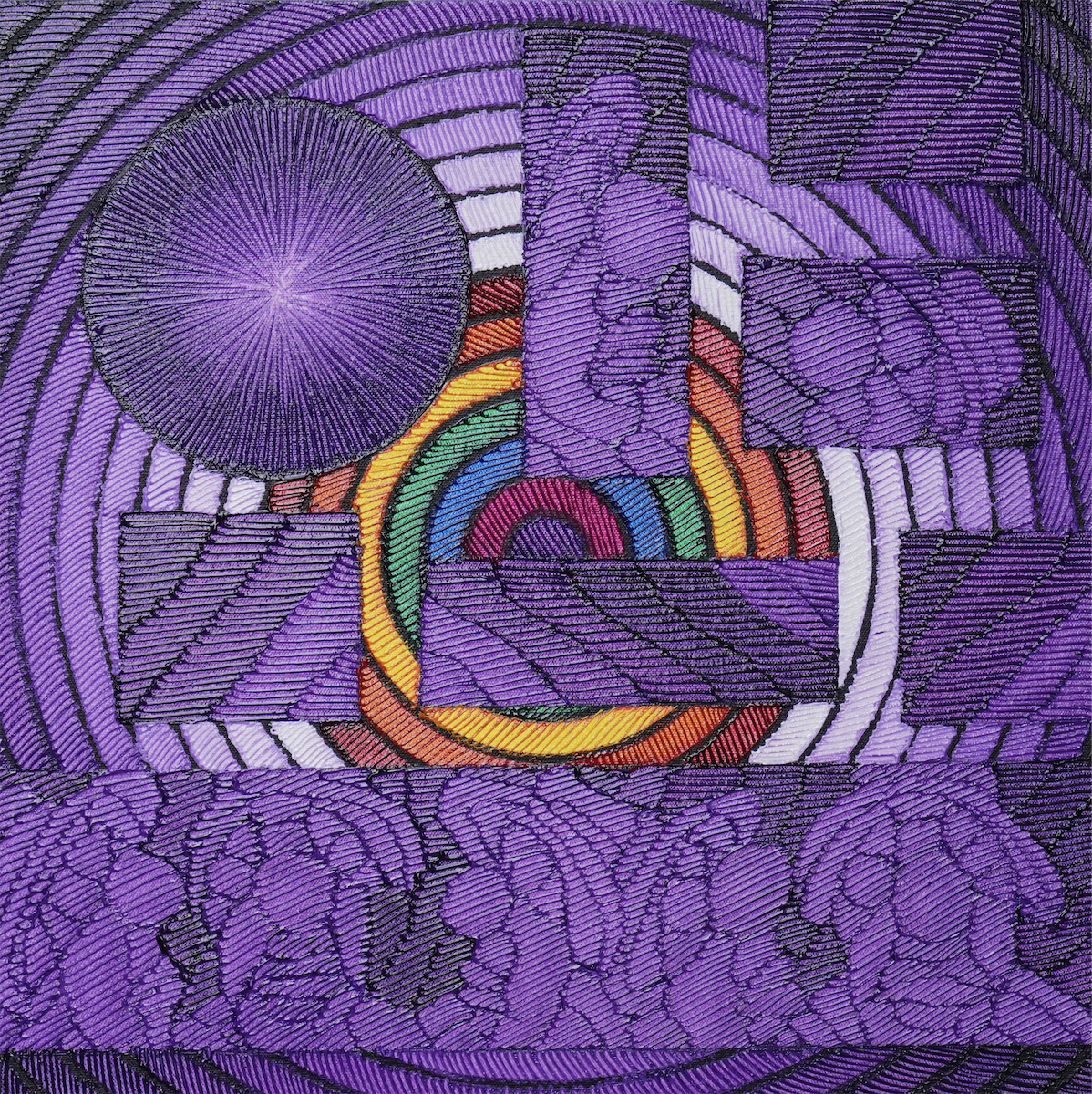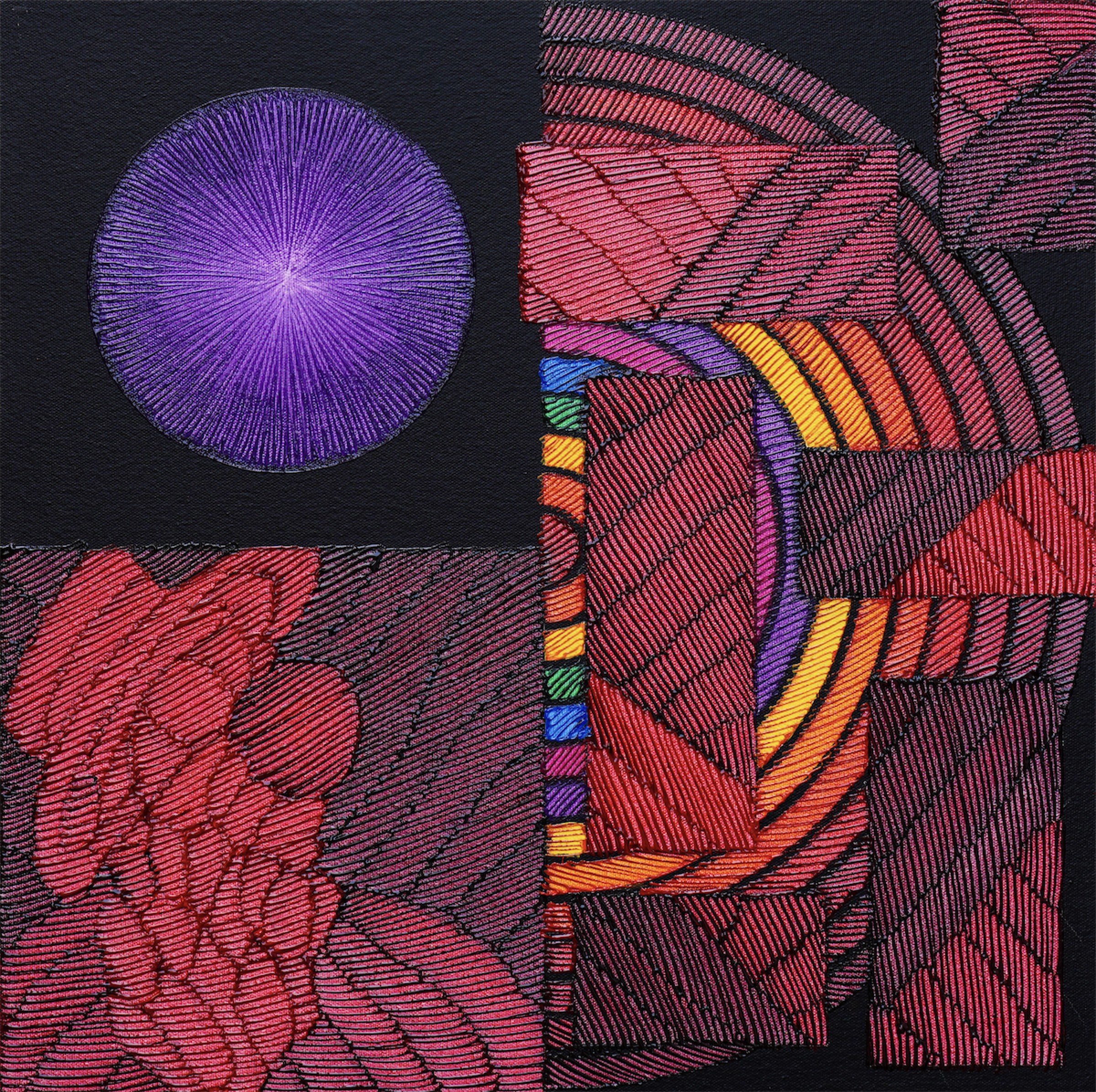21 February 2024 – 21 April 2024
The Age We Awakened
Ruzy Gallery, Istanbul
Curated by Begüm Günay, Yılmaz Eray Ceylan
“The Age We Awakened” brings together the artist’s works that flourished from the notion of diversity, and was built on transformations of imagination on surfaces in which he worked with an interpretive method. Based on the artist’s views on how myths serve as cultural memory and collective consciousness, the exhibition provides space for contemplation to understand the timeless nature of mythic thought. The show includes works of various media wherein the artist looks for a place for the vocality of modern times around play-like items, interpreted with mythic notions such as awakening from a surreal sleep into another world, allowing the images to create their values and realities.
Thinking that myths and the cultural codes they encompass are part of the human soul and that mythic images employed with imagination, whether consciously or not, live on through constantly repeating themselves, the artist creates chromatic, thematic, and spatial contrasts while combining his work with games of light and dark. The way he uses archaic notions enables the mythical path to surface. One has to look into the images, which are the creations of his imagination, and the human values of these images to study the cultural elements inherent to the works of the artist who works on the fragments of reality he finds in the world.
In “The Age We Awakened,” Güneştekin deciphers a seemingly passive situation, sleep, connecting it with the concept of awakening while re-interpreting with a mythic consciousness. Conceiving sleep not as a state of serenity but as a form of movement and resistance, he focuses on the cultures that create different forms of the awakening phenomenon. With the semantic webs he weaves, the artist forms the idea of awakening relying on these cultures that are always in transition and circulation. He transforms sleep into the idea of waking up to a new time. The affinity of experimental practices, which are the founding elements of the artist’s practice, to this interactive nature of cultures also informs the curatorial stages of the exhibition.
Working on modern adaptations of myths, the artist builds the concept of awakening around the thought of revival, in the same way he did in his interpretation of the myth of the seven sleepers, who were unable to believe they went beyond the borders of the era that oppressed their belief system when they woke up in their cave from a sleep that lasted ages. In the stories of sleep and awakening, the images the artist builds upon intertwined narratives from various cultures are intended to stress the cross-cultural quality of myths.
In the exhibition depicting the age in which we awaken, the works bring to the surface the bond between the place of the living and the place of the sleepers with extraordinary power. Each person who enters the cave within, or to the artist’s comprehension, the darkness outside consciousness finds themselves in an unconscious transformation process. They will come out of there having changed, for they landed on the subconscious and bonded with things outside consciousness. The artist implies a transformation where humans wake up to their reality while envisioning the awakening theme with a unique method. He separates themes from their prevalent qualities but rearranges them to go beyond their conception as pure forms. For him, the dreams in sleep determine not only the spiritual universe but also the awake experiences. The artist constantly deconstructs different dimensions of mythology to reveal the multi-layered aspect of daily life and the multiple realities to which it gives birth.













